Introduction
Deep in the centre of Sri Lanka lies a region where kings once ruled and religions flourished. Often referred to as the Cultural Triangle, this area forms a rough triangle connecting the ancient capitals of Anuradhapura, Polonnaruwa and Kandy. It is home to a remarkable concentration of UNESCO-listed sites, temples, monasteries, palaces and works of art that have survived for more than a thousand years. Exploring the Cultural Triangle is a journey through Sri Lanka’s layered history – from the rise and fall of kingdoms to the blending of Buddhist and Hindu traditions. This guide highlights the main attractions within the triangle, offers insights into their significance and suggests how to make the most of your visit.
Anuradhapura: the sacred city
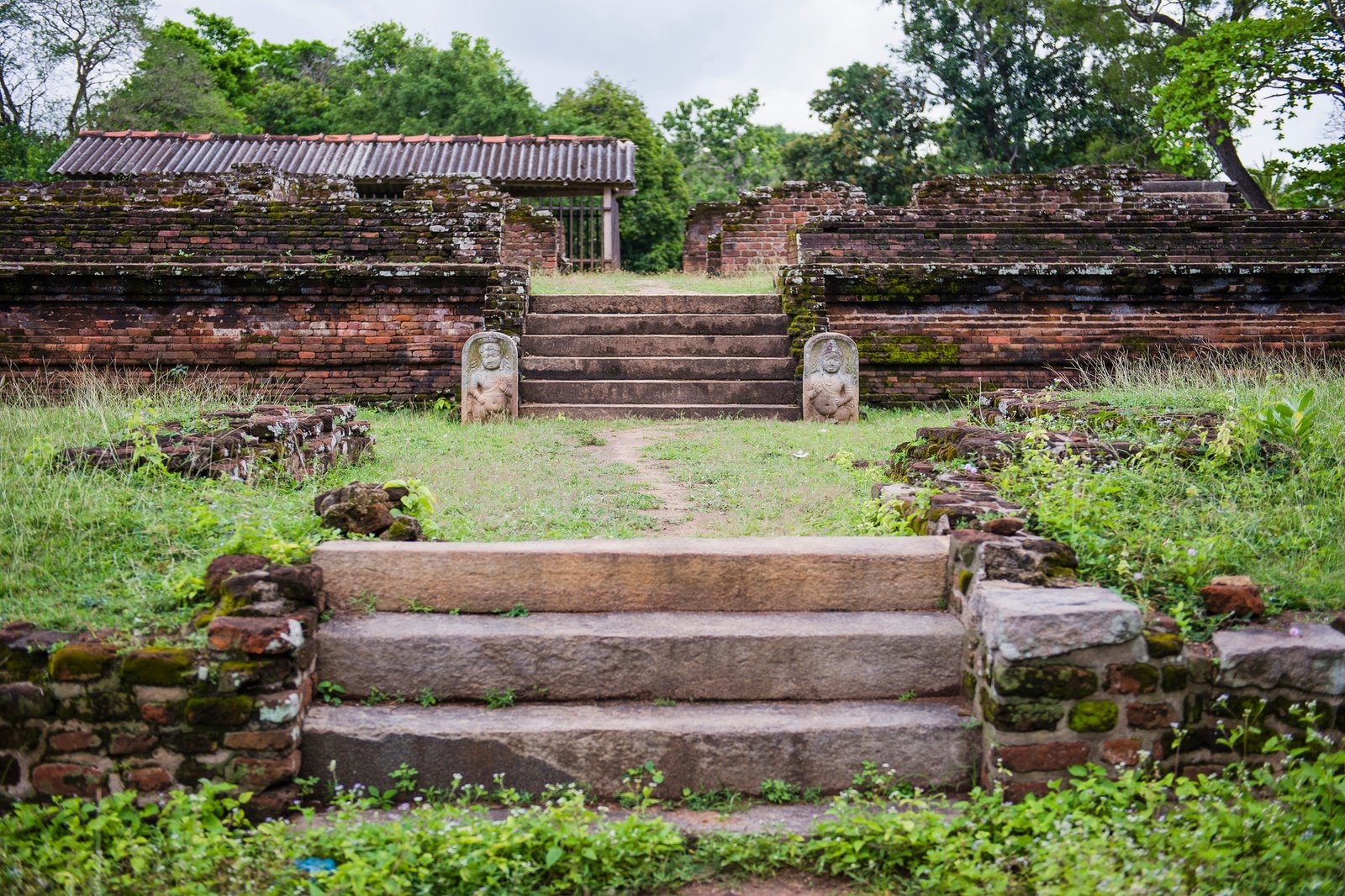
Founded in the 4th century BC, Anuradhapura served as Sri Lanka’s first capital for over 1,300 years. It blossomed into a sophisticated urban centre with elaborate irrigation systems, palatial complexes and some of the tallest stupas in the world. Today its vast archaeological park is dotted with ancient reservoirs, monasteries and monuments that remain important pilgrimage sites. The Sri Maha Bodhi, believed to be a sapling from the very tree under which the Buddha attained enlightenment, is the focal point of worship. Pilgrims circle the sacred tree with offerings of flowers and lamps, while monks chant prayers under its branches. Don’t miss the Ruwanweliseya stupa, a gleaming white dome built by King Dutugemunu, and the brick Jetavanaramaya, which once rivalled Egypt’s pyramids in height. Cycling around the ruins at dawn or dusk is a serene way to appreciate their scale and beauty.
Polonnaruwa: a medieval masterpiece
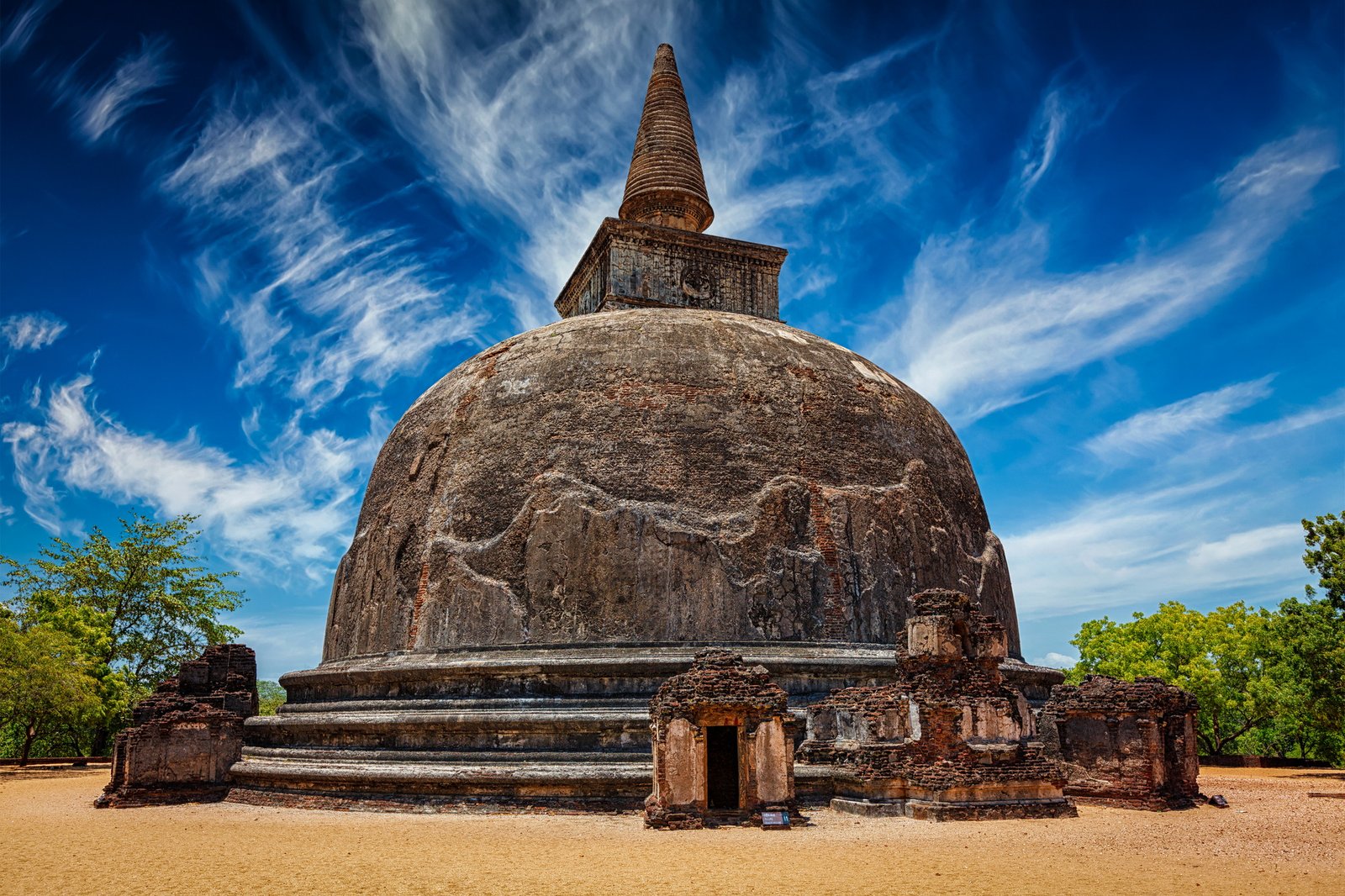
After Anuradhapura fell to invaders in the 10th century, Sri Lanka’s capital shifted east to Polonnaruwa. This 11th–12th century city is remarkably well preserved thanks to its compact size and protective jungles. Highlights include the Royal Palace, where stone columns hint at a former seven-storey structure; the Quadrangle, a terrace filled with exquisitely carved temples; and the Gal Vihara, a group of four Buddha statues carved from a single granite boulder that are considered masterpieces of Sinhalese sculpture. The standing Buddha is thought to represent Ananda in mourning, while the reclining Buddha depicts the moment of the Buddha’s passing into nirvana. Wandering through Polonnaruwa’s ruins, you gain insight into the sophisticated urban planning and artistic skill of the era.
Sigiriya: the lion rock fortress
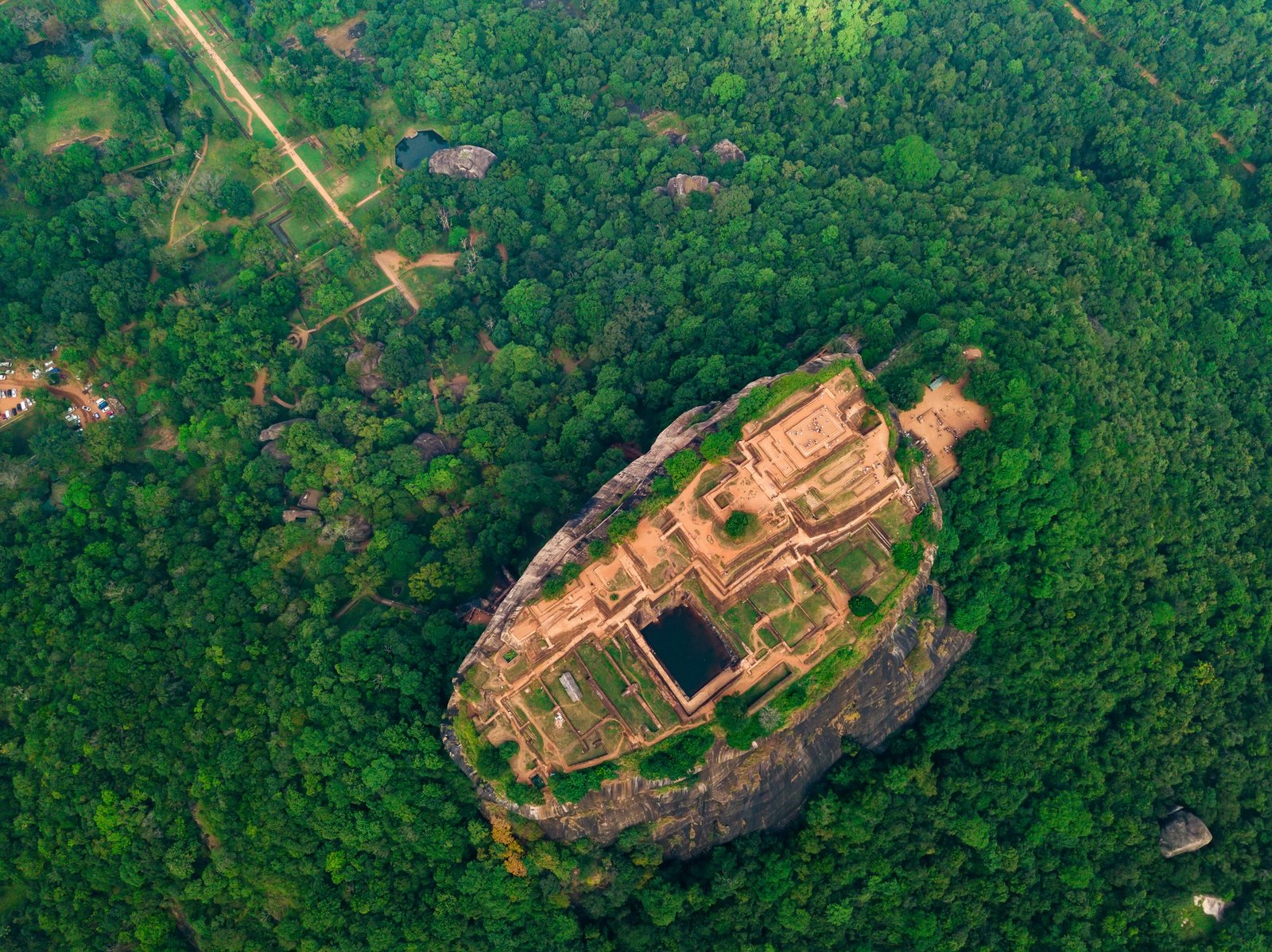
No visit to the Cultural Triangle is complete without climbing Sigiriya. Rising dramatically from the forest, this 200-metre-high rock outcrop once supported a royal palace. According to legend, King Kashyapa built the fortress in the 5th century after overthrowing his father and fearing revenge from his half-brother. He transformed the summit into an opulent palace, complete with water gardens and frescoes of celestial maidens, and carved a massive lion’s head at the entrance to intimidate would-be attackers. Today visitors can view the surviving mirror wall, with inscriptions dating back a millennium, and climb past the lion paws to the wind-blown summit for panoramic views. The best time to ascend is in the early morning when temperatures are cooler and the light is soft.
Nearby Pidurangala Rock offers a quieter and more rugged alternative with arguably better views of Sigiriya itself. The climb begins at a temple and passes a reclining Buddha statue before ascending steep boulders to a flat summit. At sunrise or sunset, the panorama of Lion Rock glowing in the light is breathtaking. Combining Sigiriya and Pidurangala in the same day gives you two very different perspectives on the landscape and history.
Dambulla Cave Temple

Located a short drive from Sigiriya, Dambulla Cave Temple consists of five caves carved into a massive rock face. Dating back more than 2,000 years, the complex holds over 150 Buddha statues and murals that depict scenes from the Buddha’s life, as well as images of Hindu gods and Sri Lankan kings. Each cave is unique; the largest contains a reclining Buddha that stretches almost the length of the chamber. The whitewashed entrance and golden temple at the base of the rock provide a striking contrast against the dark interior. Visiting Dambulla is a tranquil experience, especially if you arrive early to avoid large tour groups.
Kandy: the last royal capital
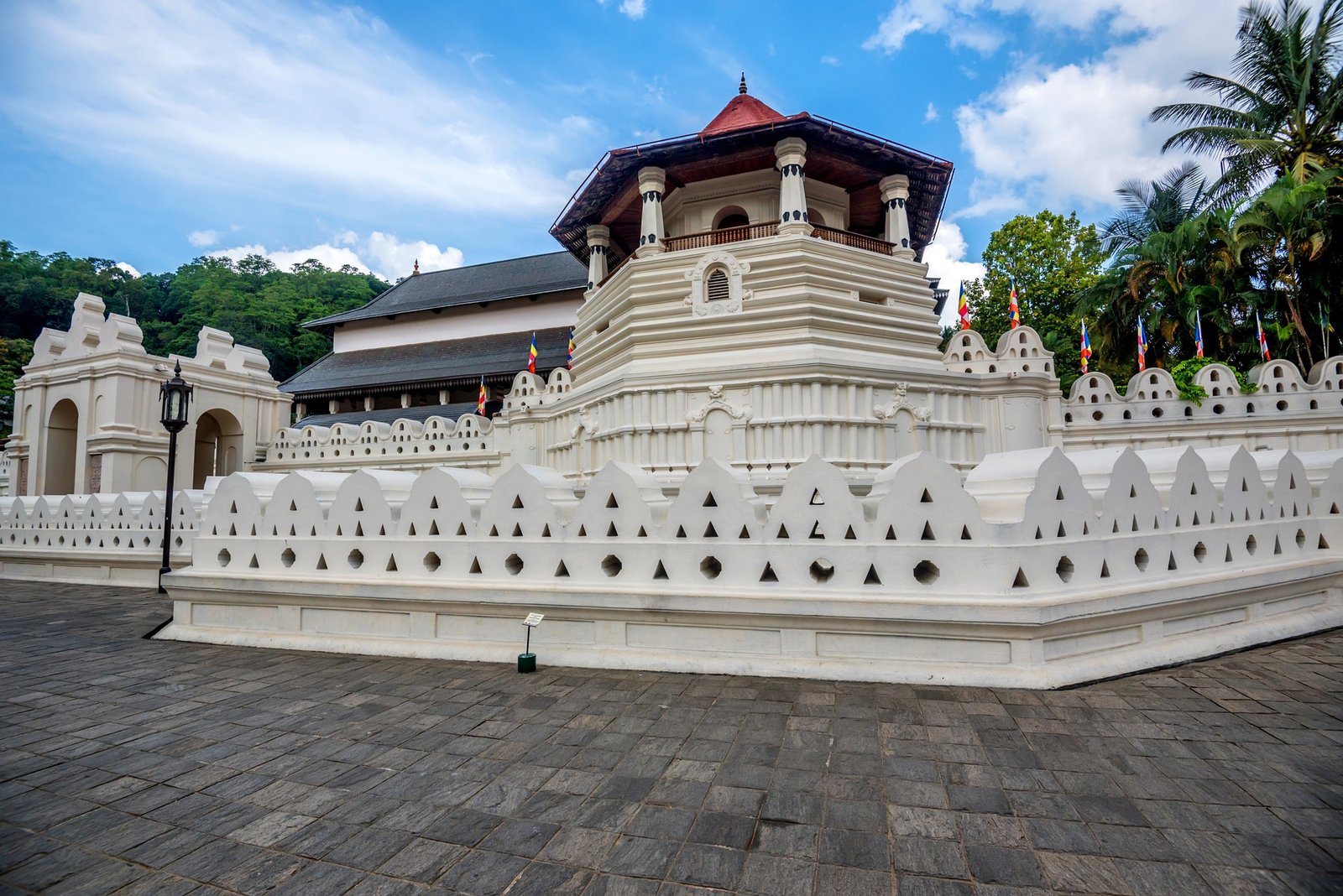
Situated in the hills at the southern tip of the triangle, Kandy served as Sri Lanka’s last kingdom before British colonisation. The city is built around a lake and retains a relaxed atmosphere compared with the coastal cities. Its most revered site is the Temple of the Tooth, known locally as Sri Dalada Maligawa. According to tradition, the temple houses a tooth relic of the Buddha that was smuggled to Sri Lanka in the 4th century. The relic is kept in a gold casket and displayed to worshippers during daily rituals. In July or August, Kandy hosts the Esala Perahera, a spectacular procession featuring elaborately costumed elephants, drummers, dancers and fire performers that celebrate the tooth relic and the guardianship of the gods.
Beyond its spiritual importance, Kandy is a pleasant base for exploring the surrounding hills. Stroll through the Royal Botanical Gardens in Peradeniya to admire giant bamboo, orchid houses and towering palm avenues, or visit a nearby tea estate for a lesson in the art of producing Ceylon tea. The city also marks the starting point of the scenic train journey to Ella, which winds through lush mountains and tea fields.
Planning your trip: timing and tips

Sri Lanka’s tropical climate is governed by two monsoon systems, which means there is almost always a part of the island with good weather. For the Cultural Triangle, the best time to visit is generally between January and March, when rainfall is low and temperatures are moderate. April and May can be hot and humid in the central plains, while June through August bring intermittent showers during the southwest monsoon. The north-east monsoon in October and November may cause occasional downpours, but the rain rarely lasts all day and the lush landscapes can be especially beautiful then.
Dress respectfully when visiting temples and sacred sites. Shoulders and knees should be covered, and shoes must be removed before entering shrines. It’s a good idea to bring socks or a pair of thin, foldable slippers, as the stone floors can become very hot in the midday sun. Carry drinking water and a hat when climbing Sigiriya or Pidurangala to protect yourself from the heat. Hiring a local guide can enrich your understanding of the sites’ history and symbolism, and your visit supports the local economy.
In Summary
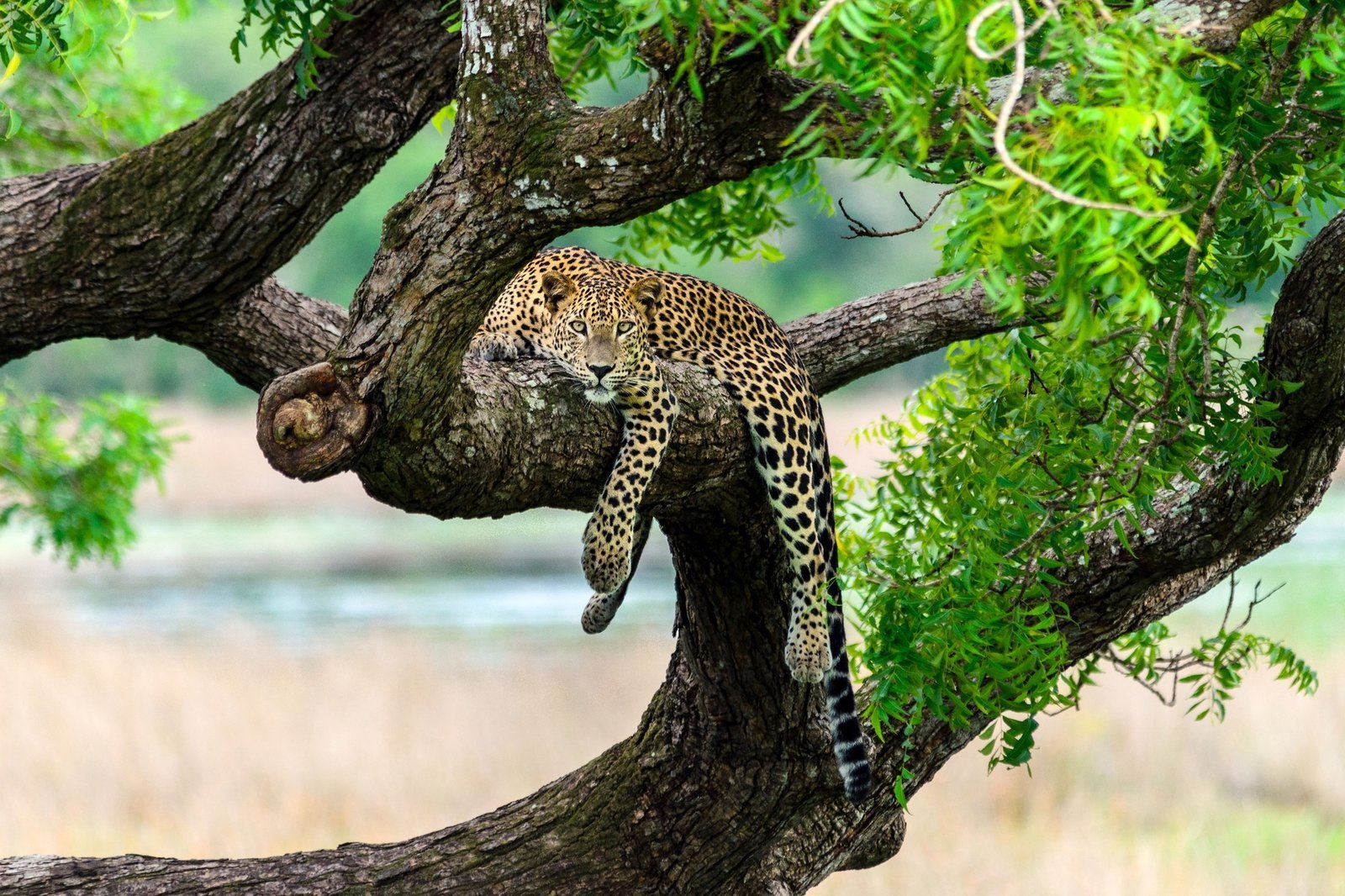
Sri Lanka’s Cultural Triangle holds the keys to understanding the island’s past and appreciating its cultural diversity. From the towering stupas of Anuradhapura to the rock-cut artistry of Polonnaruwa, the sky-climbing Lion Rock of Sigiriya to the gold-clad shrines of Kandy, these sites capture centuries of devotion and ingenuity. Exploring them is more than a history lesson; it’s an opportunity to connect with the stories, myths and rituals that continue to shape Sri Lankan identity. Whether you’re a seasoned history enthusiast or a casual traveller, time spent in the Cultural Triangle will leave you inspired and humbled. To plan a journey that weaves these sites together seamlessly, get in touch with Thusi Tours Sri Lanka. Our knowledgeable guides and custom itineraries ensure you experience these sacred places with context, comfort and care.
